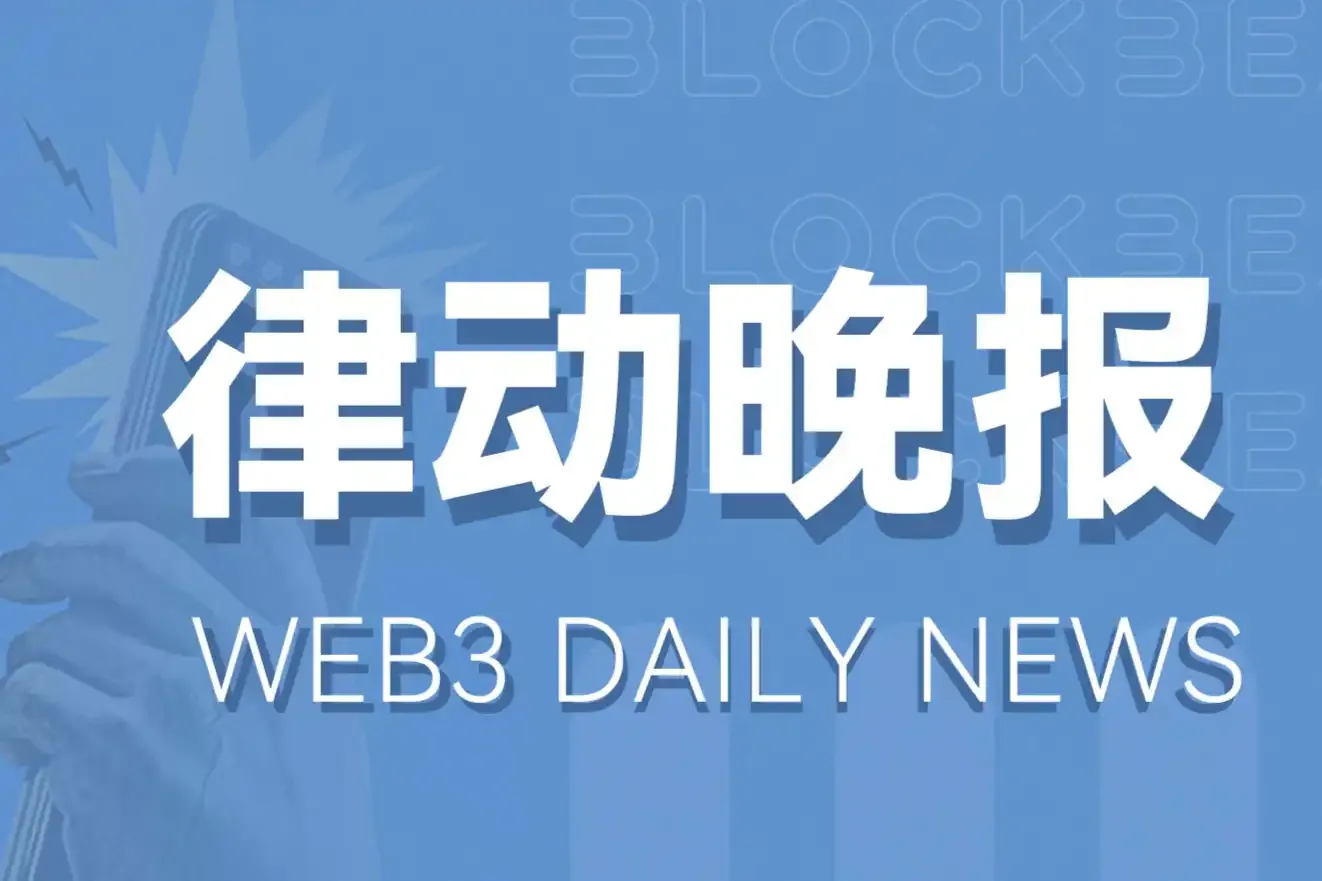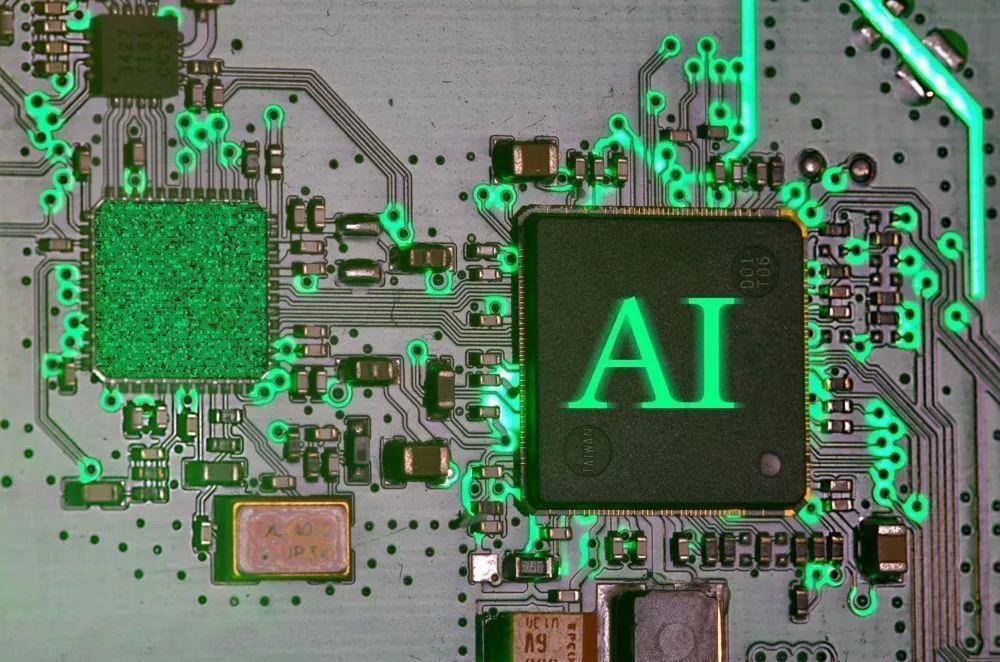Author: Liang Yu
Editor: Zhao Yidan
In October 2025, a technical notice quietly released by the Federal Reserve triggered a chain reaction in global financial and cryptocurrency markets. According to a report by The Wall Street Journal on October 15, the Federal Reserve officially "proposed" allowing certain compliant stablecoin issuers to directly access its core payment systems, FedNow and Fedwire, after meeting strict review conditions. This proposal, named "Limited Access Master Accounts," signifies that certain digital asset issuers will be included for the first time in the "vascular network" of the U.S. sovereign currency clearing system. For the outside world, this is not only a "breakthrough" in regulatory attitude but also resembles a realignment at the institutional level—marking the return of digital currency from the fringes of finance to core infrastructure.
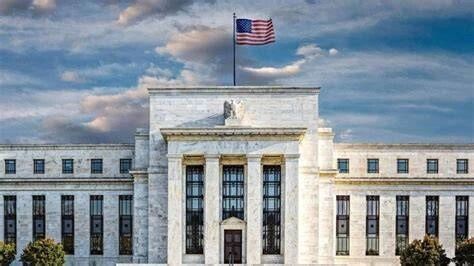
However, the true significance may extend beyond the "stablecoin" itself.
It points to a broader transformation: against the backdrop of the rapid expansion of RWA (Real World Asset tokenization), the financial system is reconstructing the expression and circulation of "value." As the payment hub of the dollar gradually connects with blockchain assets, and as assets gain native clearing capabilities on-chain, the Federal Reserve's actions may be silently paving the way for the institutionalization of the RWA market.
This is a seemingly gentle yet profoundly structural transformation. From the opening of payment systems to the tokenization of real assets, a new monetary logic is emerging.
1. Signals of Policy Breakthrough: From "Payment System" to "Digital Asset Infrastructure"
Since the launch of the instant payment system FedNow in 2023, the Federal Reserve has been attempting to absorb the innovative achievements of emerging financial technologies without "disrupting the system." According to a policy statement released by the Federal Reserve Board on its official website in October 2025, this "access qualification" proposal is limited to institutions licensed by federal or state trusts and subject to ongoing regulation, including bank-licensed stablecoin issuers. This means that the regulatory threshold has not been lowered; rather, it allows digital asset institutions to enter the systematic regulatory view through "compliance integration."
From a regulatory perspective, the key to the Federal Reserve's move lies in shifting from "gray circulation" outside regulation to "whitelist circulation" within the regulatory system.
This is related to its positioning of the payment system. FedNow and Fedwire are not only the core networks for interbank settlement in the U.S. but also the infrastructure for monetary policy transmission. When stablecoin issuers can directly use these systems for clearing and payment, their tokenized assets will no longer rely solely on commercial banks or on-chain oracles but will instead connect to a "central bank-level" credit foundation.
What does this mean?
First, the clearing efficiency and security of stablecoins will be significantly enhanced. For example, Circle's USDC has previously participated in dollar clearing indirectly through banks like Silvergate and Signature, both of which exposed systemic vulnerabilities when they collapsed in 2023. If they can directly access Fedwire in the future, such risks will be significantly reduced. More importantly, this structural change will lay the foundation for the tokenized circulation of RWA—because one of the core bottlenecks of the RWA ecosystem is the lack of a regulated, efficient on-chain dollar settlement tool. When this tool becomes possible due to policy proposals, the path for the value transformation of real assets on-chain will truly approach closure.
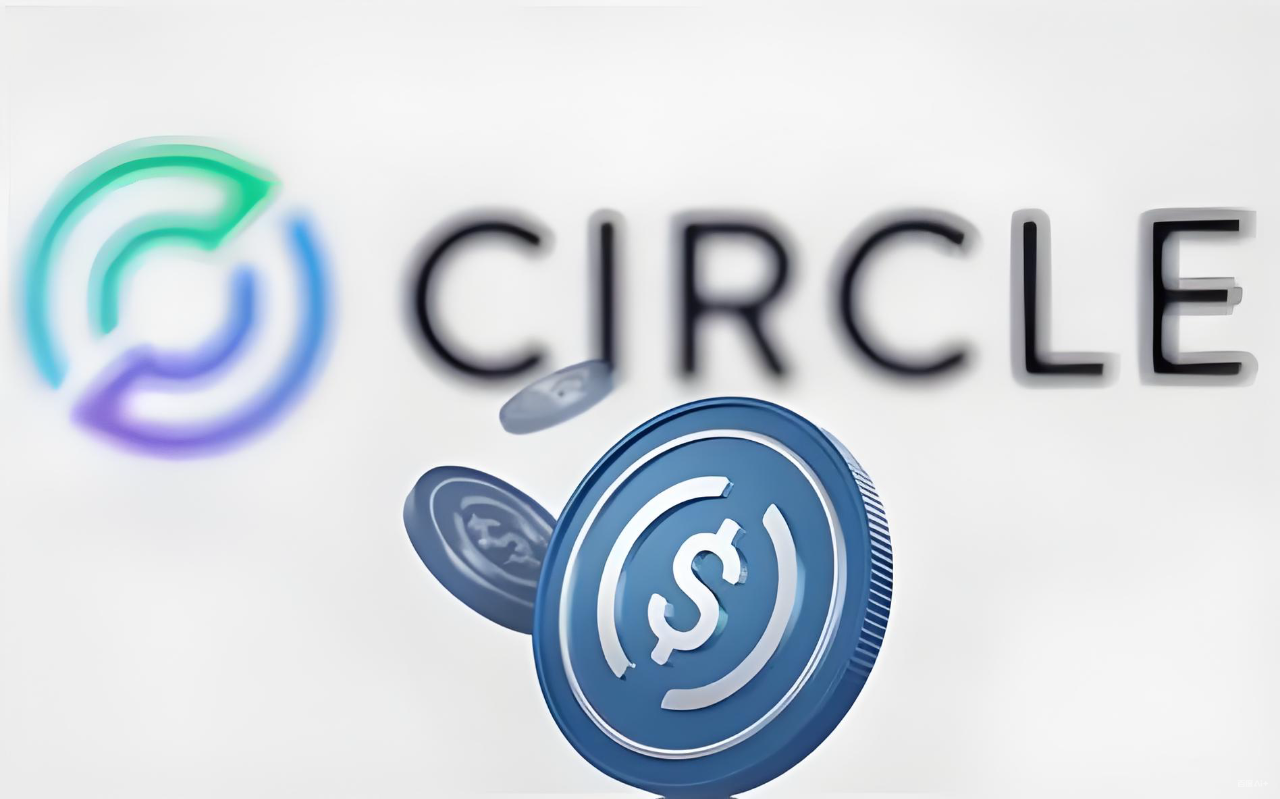
A commentary by Reuters on October 16 pointed out that the Federal Reserve's move is not merely a fintech policy but "building a trust bridge for the future of asset tokenization." This "bridge" is reflected not only in technical compatibility but also in the extension of institutional trust: confirming at the central bank level the legitimacy of digital tokens entering the payment system means that the U.S. is gradually dissolving the "credit gap" between digital assets and fiat currency systems.
At the international level, this step also has a demonstration effect.
The European Central Bank had tested digital euro payments in 2024 using a "bank channel model," but always maintained a separation between digital assets and central bank accounts; the Bank of Japan only opened participation at the bank level in its CBDC pilot. The Federal Reserve's proposal to allow certain compliant institutions to directly enter the core payment network is undoubtedly a form of "structural innovation" at the regulatory level—neither issuing a central bank digital currency (CBDC) nor fully socializing digital payment functions, but rather utilizing "compliance outsourcing" (i.e., leveraging the private sector for market innovation while maintaining control through access regulation).
In other words, the Federal Reserve has not fundamentally changed the logic of currency issuance; instead, it uses stablecoins as a medium to allow the market to bear the risks and experimental costs of digital transformation first. This is the traditional path of American financial reform—driven by market innovation under a risk control framework, followed by gradual recognition by regulatory agencies.
And this path is becoming the institutional template that RWA tokenization projects can rely on.
2. The Compliant Return of Stablecoins and the Real Pull of RWA
At this point in 2025, the Federal Reserve's policy proposal coincides almost perfectly with the expansion of the RWA market. According to a report by Bloomberg published in September, the global scale of RWA tokenized assets surpassed $48 billion in the third quarter of 2025, growing over 70% since the beginning of the year. The U.S. market accounts for more than 40%, primarily driven by institutional products such as JPMorgan's Onyx project, BlackRock's BUIDL fund, and Goldman Sachs' GS DAP platform. These projects invariably rely on stablecoins or equivalent on-chain dollars as clearing mediums.
Thus, the Federal Reserve's "opening" proposal is not coincidental.
The essence of RWA is to map traditional assets (such as bonds, real estate, commodities, or receivables) onto the blockchain, achieving value digitization and automated clearing. The key to on-chain clearing is the legitimate and secure status of stablecoins within the system. Previously, even with institutions like BlackRock issuing tokenized funds, the underlying fund clearing still had to be completed through traditional banks, creating a compliance "gap"—the value circulating on the blockchain ultimately still needed to be settled in the off-chain banking system. This dual-layer structure increased system friction and limited the expansion boundaries of RWA.
The Federal Reserve's latest policy suggestion is precisely aimed at bridging this "gap."
A commentary by the Financial Times on October 17 noted that allowing stablecoins to directly access the payment system will "provide tokenized assets with central bank-level payment guarantees for the first time," potentially becoming a key catalyst for the development of the RWA market. For RWA projects, this change means two things: stronger liquidity and lower settlement risks. For example, on Goldman Sachs' GS DAP platform, the settlement cycle for tokenized government or corporate bonds typically requires T+1 or T+2; if future clearing can be done directly through FedNow, it could theoretically achieve "instant settlement," significantly reducing the credit risk and holding costs for financing parties.
This transformation is also reshaping asset pricing logic.
In the traditional financial system, liquidity premiums often become implicit costs of pricing—assets with poor liquidity are valued lower. However, when RWA achieves instant clearing and programmable payments on-chain, this premium will be compressed. For institutional investors, tokenized assets may no longer be merely "alternative allocations" but become a new form of efficient foundational assets. This aligns with the Federal Reserve's goal of "enhancing system efficiency."
It is worth noting that this trend is not unique to the U.S.
The Monetary Authority of Singapore (MAS) has been exploring a regulatory framework for RWA tokenization through its Project Guardian since 2023, with a key idea of using compliant stablecoins or central bank accounts as the basis for clearing. In 2024, Switzerland's FINMA allowed regulated banks to issue "account-linked stablecoins" for institutional RWA transactions. Now, the Federal Reserve's policy proposal may signal the formal introduction of this "European experiment" into the global mainstream financial system.
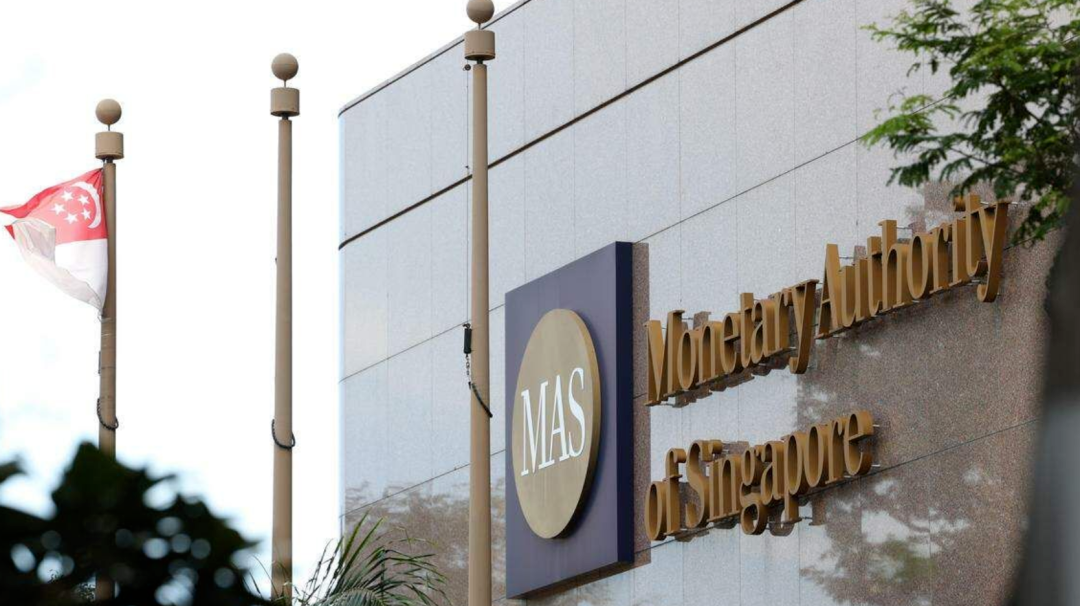
However, this transformation still carries hidden concerns, and dissenting voices cannot be ignored.
U.S. Treasury officials expressed cautious attitudes in an interview with The New York Times, emphasizing that allowing stablecoin institutions into the payment system "does not mean they gain the same status as banks," as regulators remain concerned about cross-border fund flows and anti-money laundering risks. More importantly, there are also internal divisions within the Federal Reserve. Federal Reserve Governor Michelle Bowman has repeatedly warned in recent public speeches that "we are entering a complex phase, and regulators need to ensure that new payment tools do not undermine the stability of the financial system." The conservative viewpoint she represents is concerned that integrating non-bank institutions into the core payment system could introduce new channels for risk contagion into the financial system, such as the risk of stablecoin runs potentially directly impacting the stability of the payment network.
This means that the Federal Reserve's policy proposal resembles more of a "conditional integration" experiment rather than a complete release. Under such institutional boundaries, the global circulation of RWA will still rely on the coordination and compliance certification of multiple national regulators—this is also a key test for whether RWA can enter the core of mainstream finance in the coming years.
3. From On-Chain Clearing to the Reconstruction of Real Finance—The Institutional Leap of RWA
If the Federal Reserve's policy proposal to open the payment system superficially brings "quasi-official" legitimacy to stablecoins, then at a deeper structural level, it is actually laying the foundation for the on-chain settlement system of real-world assets (RWA). This change at the infrastructure level is altering the logic of "trust transmission" in financial markets.
Looking back at the timeline of RWA development, it is not difficult to find an implicit synchronization with the regulatory rhythm of the U.S. As early as 2020, when JPMorgan launched its blockchain platform Onyx, blockchain assets were still seen as "technical experiments"; by 2023, BlackRock CEO Larry Fink first referred to "tokenization" as a "long-term trend in asset management" during an earnings call, marking the formal entry of traditional financial institutions. By 2025, with the Federal Reserve's proposal for "system access permission," the entire tokenization industry is attempting to transition from peripheral innovation to the integration phase of the core financial system.
What this reflects is the Federal Reserve's redefinition of "payment system neutrality."
For a long time, payment systems have been viewed as the most solid wall of the fiat currency world. Whether it is the dollar, euro, or yen, their core clearing networks are controlled by central banks, making it difficult for external innovations to enter. Now, by actively opening the marginal interfaces of this system, the Federal Reserve has effectively created a "programmable opening" at the bottom of the trust system. This allows RWA projects to achieve higher-level financial functions on-chain—not just trading digital certificates but truly completing the transfer, delivery, and clearing of assets.
Taking JPMorgan's Onyx platform as an example, according to a Bloomberg report in August 2025, the platform has processed over $300 billion in short-term asset transactions through tokenization, including government bond repurchases, money market fund shares, and corporate bonds. Each tokenized asset settlement actually requires a stable, regulated dollar clearing channel. Previously, Onyx still needed to conduct indirect settlements through a restricted banking network; now, the Federal Reserve's proposal means that these tokenized transactions may "potentially" be directly cleared to the FedNow system in the future, thereby paving the way for them at the institutional level.
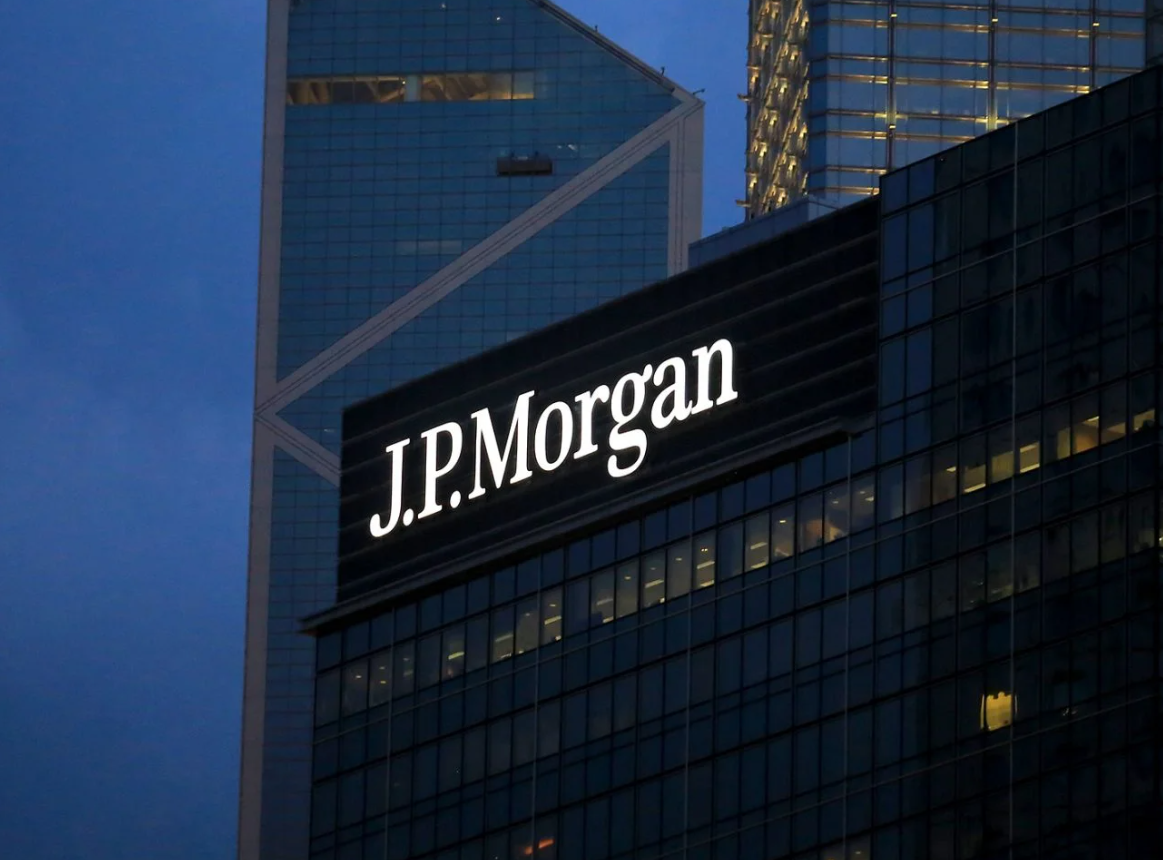
For RWA, this "system access" has three significant institutional implications.
First, it reconstructs the trust transmission mechanism. In traditional finance, trust is transmitted top-down, meaning that central banks grant clearing qualifications to commercial banks, which then extend credit limits to market participants. In the RWA system, trust is generated bottom-up through smart contracts and blockchain consensus, and then certified by regulatory agencies. The Federal Reserve's opening is essentially establishing a "confluence point" between these two trust systems, merging "central bank credit" with "on-chain algorithmic credit," allowing central bank trust and on-chain trust to intersect.
Second, it blurs the boundaries between currency and assets. When tokenized assets possess central bank-level payment capabilities, their monetary attributes are amplified, leading to a fusion of the traditional concepts of "assets" and "payment mediums." This trend is particularly evident in tokenized government bonds or tokenized fund shares.
Third, it transforms the regulatory model. When RWA projects can be tracked, verified, and directly cleared within the central bank system, the role of regulatory agencies shifts from "post-event supervision" to "process embedding," thereby enhancing the granularity of financial compliance.
To external observers, this seems like a silent institutional revolution.
The Financial Times analysis points out that the Federal Reserve's strategy "is not about 'legalizing' crypto assets, but about making real finance more efficient and transparent." The subtext of this statement is that the U.S. does not intend to promote digital currencies as a replacement for fiat currencies through policy; rather, it aims to utilize the market mechanisms of RWA and stablecoins to reshape the circulation methods and technical structures of fiat currency itself. This is both a reinforcement of monetary sovereignty and a form of "defensive digital innovation."
However, this reconstruction is far from smooth, and its risks are specific and profound.
In addition to the regulatory differences mentioned earlier, a more immediate risk lies in technological integration and market acceptance. Connecting traditional financial assets with blockchain payment systems is technically complex, with significant challenges in cross-chain interoperability, system stability, and network security. At the same time, market acceptance of this new type of asset will take time, and the process of migrating liquidity from traditional channels to on-chain may be accompanied by volatility. Federal Reserve Governor Bowman's warning is based on this—"a charged experiment" could both spark an efficiency revolution and amplify volatility in systemic risk transmission, especially as the scale of RWA assets continues to grow, raising issues of exchange rates, margins, and risk exposure with sovereign currencies that will become regulatory focal points.
4. The Balancing Act of Regulation—The Boundary of "Centralized Trust" Between Compliance and Innovation
The Federal Reserve's policy proposal is not a "devolution of power," but rather a "systemic probe" into the market.
According to a report by The New York Times on October 18, regulatory agencies explicitly stated in the announcement that allowing stablecoin issuers to access the payment system is contingent upon obtaining comprehensive licenses at the federal level and undergoing continuous compliance audits. In other words, this is not a victory for digital currencies, but a reorganization and reshaping of the regulatory model.
This balancing act is characteristic of the traditional style of the U.S. regulatory system: neither fully embracing nor completely blocking, but allowing market innovation to "self-digest" within controllable institutional boundaries. This aligns with the regulatory logic in the RWA field.
For example, in 2024, the U.S. Securities and Exchange Commission (SEC) explicitly included RWA in the category of "securities digitization" rather than as a separate category of crypto assets in its regulatory framework for tokenized funds. BlackRock's BUIDL fund and Fidelity's tokenized bond project must adhere to the standards of the Investment Company Act and the Securities Exchange Act. This institutional design allows RWA to "embed and grow" within the traditional regulatory framework in the U.S., rather than starting anew.
The Federal Reserve's policy proposal is, in fact, an extension of this logic: by absorbing compliance, it brings innovation into the "safety radius" of the regulatory system. This path may appear conservative on the surface, but it proves to be quite efficient in international financial comparisons.
In contrast, the EU's MiCA (Markets in Crypto-Assets Regulation) adopts a regulatory model of "clear definitions and unified constraints," pre-classifying and strictly registering categories of crypto assets, which is controllable in the short term but lacks flexibility. The U.S.'s "function-oriented regulation" allows different categories of innovation to adjust flexibly within a compliance framework, which is a key reason for the resilience of its financial system.
However, this return to "centralized trust" has raised concerns among some industry insiders about the dilution of blockchain's decentralized spirit.
In a commentary by CoinDesk on October 19, several industry analysts pointed out that the result of stablecoins accessing the central bank system could be "gradual centralization of blockchain," with the RWA market dominated by large financial institutions, thereby squeezing the survival space of small innovators. Especially when tokenized assets are linked to central bank clearing, it means that regulators will directly control asset flow data, which is beneficial for compliance but may also trigger disputes over data sovereignty and privacy.
This presents a dilemma for the Federal Reserve:
On one hand, it hopes to control the risk transmission of the digital asset system through "institutional absorption"; on the other hand, it must ensure that the diversity of the innovation ecosystem is not overly suppressed.
Therefore, from a regulatory strategy perspective, the Federal Reserve's current direction resembles "layered regulation": incorporating key processes such as payment, custody, and clearing into central control while allowing a certain degree of freedom at the application and innovation layers. This structure is similar to the "layered regulatory model of the internet"—where the security of the underlying protocol is maintained by the authorities, while the upper-layer ecosystem is driven by market competition.
Within this framework, the compliance evolution path of RWA will become increasingly clear. The issuance and circulation of on-chain assets will trend toward standardization, with qualified investors and financial institutions becoming core participants, and the regulatory identity of tokenization gradually aligning with traditional securities. In other words, the future RWA market will no longer be an "emerging industry," but will be absorbed as part of the financial infrastructure.
5. Redefining Finance: The Co-constructed "On-chain Dollar Order" of RWA and Stablecoins
When the central bank clearing system connects with the digital asset system, the boundaries of finance are redrawn.
In this new landscape, the dollar is not only a legal tender but also becomes a programmable settlement medium, with RWA serving as its real-world reflection. The combination of the two signifies a shift from the "dollar standard" to the "on-chain standard."
According to a report by Reuters on October 20, the Federal Reserve has established a "Tokenized Asset Oversight Working Group" to assess the technical and risk parameters of RWA interactions with the payment system. This marks the first time that U.S. officials at the central bank level have acknowledged the importance of RWA as a systemic asset category.
The practical significance of this trend is that when RWA assets can be settled directly in stablecoin form, their international liquidity no longer relies on the traditional foreign exchange system but is based on a globally programmable clearing layer on the blockchain. This provides a new extension path for the dollar system's dominance globally.
For example, under Singapore's Project Guardian framework, Citibank, UBS, and JPMorgan jointly conducted a cross-border RWA settlement experiment, where tokenized government bonds were settled in on-chain dollars among three locations, achieving T+0 clearing. This case was officially disclosed by the Monetary Authority of Singapore at the end of 2024 and is considered a "prototype for the future of multilateral payment infrastructure." As the Federal Reserve proposes allowing stablecoin institutions to enter its payment system, the U.S. is undoubtedly vying for a voice in this cross-border clearing standard.
This also makes "digital sovereignty of the dollar" a core topic in RWA discussions.
Unlike the administrative issuance path of CBDCs (central bank digital currencies), the logic of combining RWA with stablecoins is more market-oriented and flexible: it allows the market to autonomously expand asset boundaries through tokenization while maintaining the central position of the dollar clearing system. This "dual-track parallel" strategy enables the U.S. to complete its digital transformation without altering its monetary system. This is a typical "silent hegemony logic"—the dollar does not need to change itself; it only needs to change the way the world settles.
At the same time, other regions around the world are attempting to build alternative models. The Hong Kong Monetary Authority has been promoting the "e-HKD Tokenized Bond" project since 2024, aiming to support RWA transaction settlements with central bank-level digital currency; Switzerland, the UAE, Thailand, and others are testing cross-border tokenized clearing networks through central bank cooperation projects like mBridge. These efforts show that RWA is no longer just an extension of crypto assets but is becoming a new frontier in global financial system competition.
6. Between Prudence and Innovation—The Reconstruction of Trust in the RWA Era
As the Federal Reserve quietly opens a door to the payment system, a corner of the global financial order is being redefined.
This is not merely a policy loosening but a deeper institutional shift: seeking a new balance between compliance, innovation, and sovereignty. The qualification of stablecoins for system access is not only a breakthrough at the technical level but also signifies that the digital infrastructure for real assets like RWA now has an institutional-level entry point.
This transformation is still in its early stages.
The regulatory framework has yet to be unified, technical standards are still evolving, and cross-border compliance challenges are emerging continuously. The Federal Reserve's proposal still requires lengthy discussions and evaluations, and its final form and impact are far from certain. However, regardless of the future path, the direction is clear: the tokenization of real assets is no longer just an innovative experiment on the fringes of finance but is becoming part of the sovereign currency system.
As The Economist commented on October 21: "The future financial system will not be divided into 'traditional' and 'crypto' but will be a unified digital system, with the core being how to redefine 'trust.'"
And the Federal Reserve's "fine-tuning" policy may very well be the starting point of this global reconstruction of trust—slowly growing within seemingly minor institutional cracks, a new monetary order is taking shape.
免责声明:本文章仅代表作者个人观点,不代表本平台的立场和观点。本文章仅供信息分享,不构成对任何人的任何投资建议。用户与作者之间的任何争议,与本平台无关。如网页中刊载的文章或图片涉及侵权,请提供相关的权利证明和身份证明发送邮件到support@aicoin.com,本平台相关工作人员将会进行核查。

